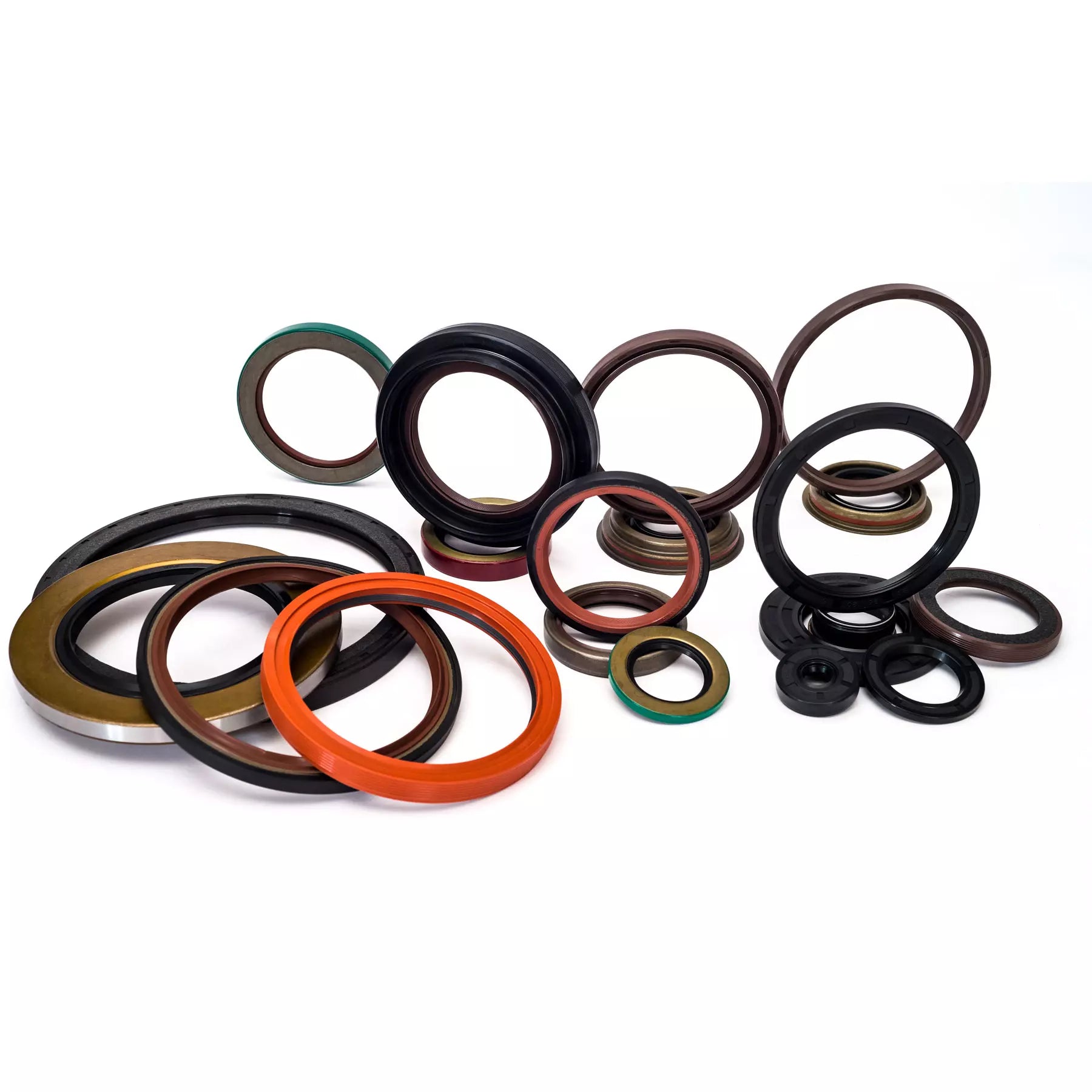Sealing Ring Selection Guide
Sealing rings are critical components in preventing leaks in mechanical systems. Choosing the right seal depends on material compatibility, operating conditions, and proper installation. This guide covers key considerations for selecting and installing sealing rings effectively.
1. Key Material Comparisons
| Material | Temperature Range | Chemical Resistance | Key Applications | Pros & Cons |
|---|---|---|---|---|
| Nitrile (NBR) | -30°C to +120°C | Good for oils, fuels, water | Hydraulics, fuel systems | ✅ Affordable, oil-resistant ❌ Poor for ozone/weathering |
| Fluoroelastomer (FKM/Viton®) | -20°C to +200°C | Excellent for fuels, acids, oils | Aerospace, chemical processing | ✅ High heat/chemical resistance ❌ Expensive |
| Silicone (VMQ) | -60°C to +230°C | Good for water, steam, mild chemicals | Food, medical, high-temp applications | ✅ Flexible, wide temp range ❌ Poor tear strength |
| EPDM | -50°C to +150°C | Excellent for water, steam, ozone | Automotive cooling systems, outdoor seals | ✅ Weather/ozone resistant ❌ Poor with oils |
| PTFE (Teflon®) | -200°C to +260°C | Nearly universal chemical resistance | Chemical processing, extreme environments | ✅ Low friction, high chemical resistance ❌ Less flexible |
2. Selection Advice for Common Conditions
A. By Application
-
Hydraulic Systems: Nitrile (NBR) or Polyurethane (PU) for high pressure.
-
Chemical Exposure: FKM (Viton®) or PTFE for aggressive fluids.
-
High-Temperature: Silicone or PTFE for >200°C.
-
Food/Medical: FDA-grade EPDM or Silicone.
-
Outdoor/UV Exposure: EPDM (best ozone resistance).
B. By Pressure & Movement
-
Static Seals: O-rings, flat gaskets (NBR, EPDM).
-
Dynamic Seals: Rotary shafts → Polyurethane (PU) or PTFE for low friction.
-
High-Pressure (>1000 psi): U-cups or PTFE backup rings.
C. By Media Type
-
Oil/Fuel: NBR or FKM.
-
Water/Steam: EPDM.
-
Acids/Solvents: PTFE or FFKM (extreme chemical resistance).
3.Installation Best Practices
Do’s:
✔ Lubricate seals (silicone grease or compatible fluid) to prevent damage.
✔ Inspect for nicks or defects before installation.
✔ Use proper tools (e.g., seal picks, installation sleeves).
✔ Check groove dimensions (per ISO 3601 for O-rings).
✔ Avoid overstretching (especially elastomers).
Don’ts:
❌ Twist or pinch during installation.
❌ Exceed compression limits (typically 25-30% for O-rings).
❌ Mix incompatible lubricants (e.g., petroleum grease with silicone seals).
❌ Ignore surface finish (Ra < 0.8 µm for dynamic seals).
4. Troubleshooting Common Issues
-
Leaks? Check for improper sizing, material degradation, or installation damage.
-
Swelling/Cracking? Verify chemical compatibility.
-
Short Lifespan? Review temperature/pressure limits and dynamic wear.
Final Tip: Always consult manufacturer datasheets for specific conditions. For critical applications, consider accelerated aging tests.

